2021 has certainly been dynamic. In these final weeks of the year, we thought it was worth reviewing the activities that Inquire Europe initiated.
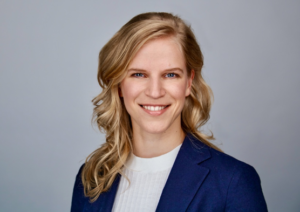
The first webinar of 2021 featured Dr. Kristy Jansen, of Tilburg University and De Nederlandsche Bank, who presented on ‘Pension funds and drivers of heterogeneous investment strategies’. In her research, Jansen set out to discover what drives homogeneity across pension funds. “Within one regulatory jurisdiction, how can we explain how pension funds do things differently?” Jansen did this by looking at the funds’ factor exposures within equity and fixed income portfolios. In case you missed it, you can view it here.
Spring was an exciting period for the institute. Per Strömberg and Ludovic Phalippou were scheduled to present during the Spring seminar in Riga but instead hosted separate webinars to showcase their research. Both presentations spoke to the relevance of private equity (PE) in the institutional investment landscape.
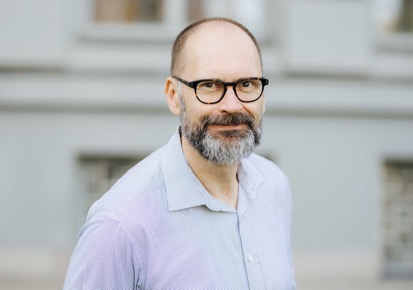
Per Strömberg, Stockholm School of Economics, maintained his position that there is strong evidence that firms become more valuable, profitable and productive under this ownership form. “Private equity is an active ownership type of investment, which means that through methods of active governance and other methods, PE practitioners try to increase the value of the firms that are being invested in. This should be good for investors as well. But there is a big caveat because PE firms charge for this service, and the question is whether there is any value left for investors after fees.
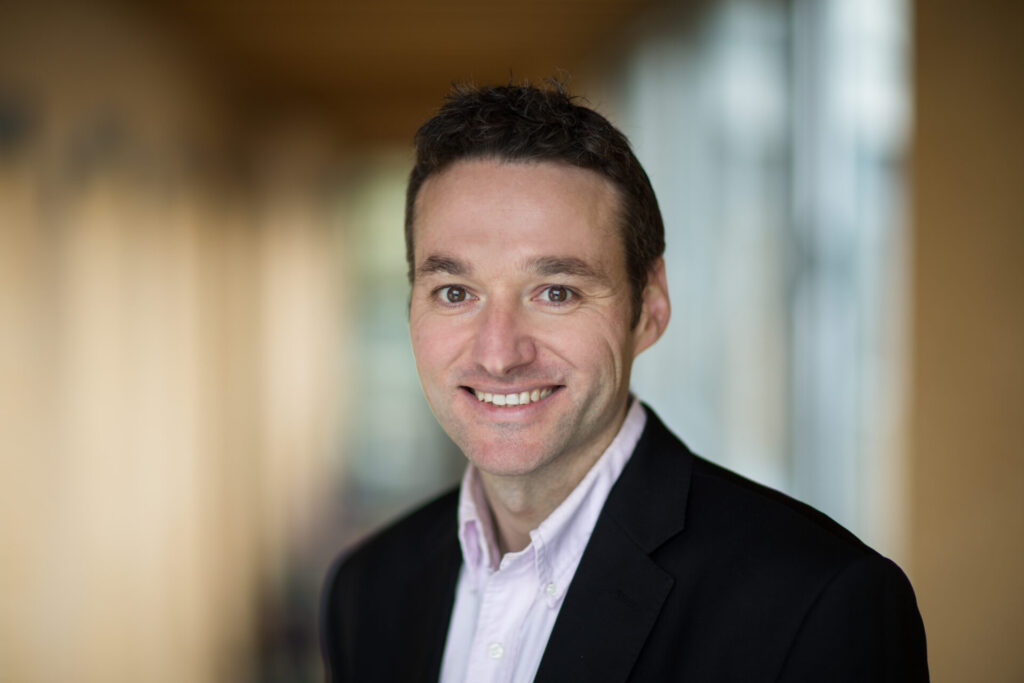
Ludovic Phalippou, University of Oxford, then presented his research ‘An Inconvenient Fact: Private Equity Returns & The Billionaire Factory’ some weeks later. His position on the matter was different: “I think [the misconception] comes from the fact that we weighed different pieces of information differently,” Phalippou explains. “For example, Per spends a lot of time talking about value creation – I do not, as I think it is not very important for the problem at hand, which is “why should a pension fund know about investing in private equity?” (…) Value creation is not crucial here. You can have all the value you want, if you pay too much for the assets, it is worthless. Instead of focusing on value creation, Phalippou’s research focuses on fees: “At a time where prices are extremely high, value creation is under pressure. Fees are particularly important in a low interest rate environment, as their impact on return is going to be even more important than it was in the past. Fees are certain, value creation is not, compared to the price that people pay for the asset.”
View Strömberg’s and Phalippou’s presentations.
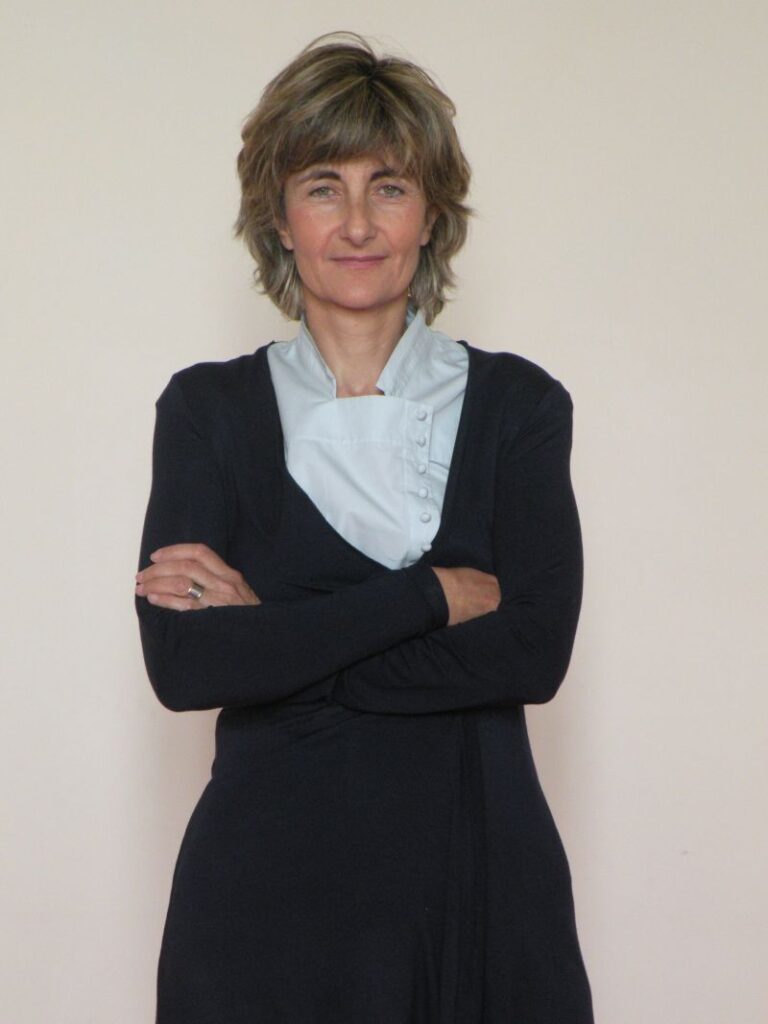
In late May professor Giovanna Nicodano, University of Torino, presented her research ‘The Income-hedging motive of stock market participation’; it revolved around life-cycle theory, which implies that the correlation between permanent income shocks and stock returns is a key factor in equity market participation. She observed that COVID-19 has caused income shocks for millions of people, both temporary and permanent. “The idea of life cycle theory is that when we manage our portfolios of financial assets, we should also think of other assets that we have endowed. We should reduce our exposure to stocks if stock returns are positively correlated to labor shocks. In that case, stock returns amplify labor income shocks, permanent shocks in particular. When there is a negative correlation between stock returns and labor shocks, we should increase our exposure to stocks.” Access the webinar here.

In the summer, Benjamin Hübel, Portfolio Manger at HUK-COBURG Asset Management, presented his research “ESG and Corporate Credit Spreads”. Hübel elaborated on the study’s key takeaways: “We see a risk mitigation effect, meaning that a one standard deviation improvement in ESG reduces CDS spreads of low, medium and high ESG firms. (…) For researchers and managers, it is important to have a solid understanding of ESG regulations because many of those regulations drive many of the market movements. Investors should consider ESG as a risk management tool but also as a source of active management for credit portfolios. (…) The results highlight the importance of considering ESG risks for both value-based and conventional investors. ESG risks are conventional risks now.” Watch a replay of the webinar here.
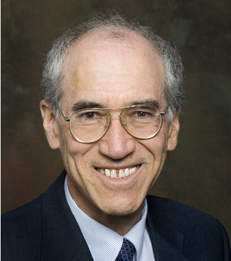
In the fall, Yakov Amihud from the Stern School of Business, New York University revisited his 2002 paper ‘Illiquidity and stock returns: cross-section and time-series effect’. “My research found that the illiquidity pricing varies by the state of the market. In good markets, investors hardly care about illiquidity. In times of financial distress, bond prices strongly react to liquidity shocks. We refer to this as a ‘flight to liquidity’, which is different than a ‘flight to safety’, from junk bonds to investment-grade bonds.” Watch the presentation here.
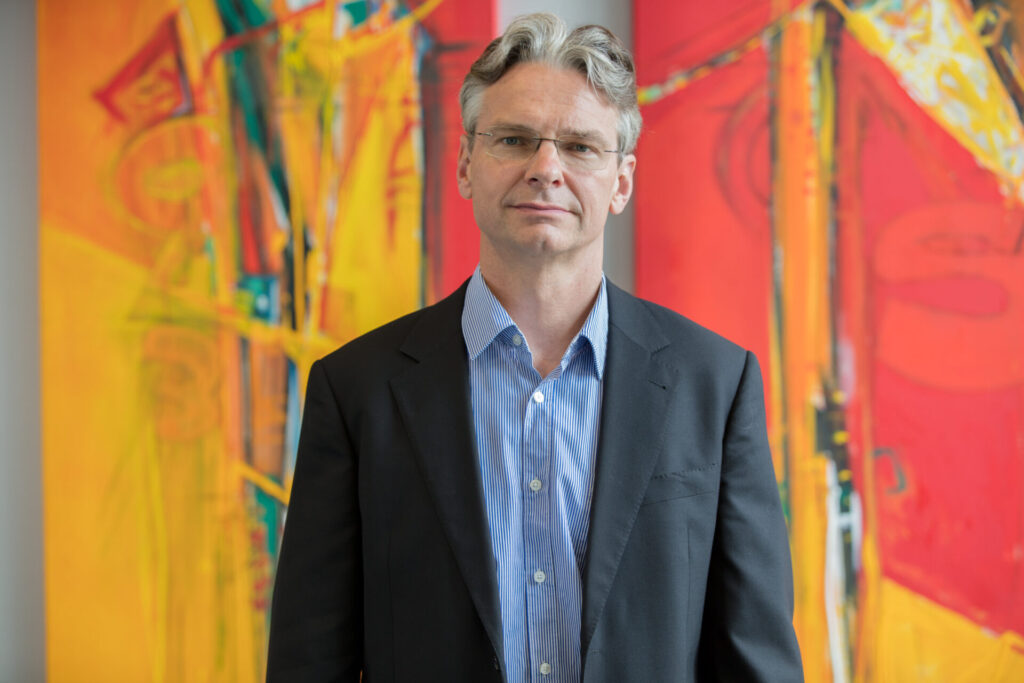
The final webinar of the year featured professor Pierre Collin-Dufresne of the Swiss Finance Institute of the École Polytechnique Fédérale de Lausanne who presented on his paper ‘Liquidity regimes and optimal dynamic asset allocation’. Collin-Dufresne’s research focuses on constructing a theoretical model portfolio where volatility and transaction costs are time-variant. The professor pointed out that many of the dynamic portfolio models presented in the academic literature are difficult to implement in practice, as they miss realistic frictions such as transaction costs, price impact, size, and liquidity constraints. Learn more via the website.
THE INQUIRE RESEARCH PRIZE 2021
To round out the year, Inquire Europe awarded the Inquire Europe Research Prize 2021 to Kristy Jansen for ‘Long-term Investors, Demand Shifts, and Yields’.
The following tables present the finalized projects and newly launched projects of the year.
FINALIZED PROJECTS IN 2021
| Project | Author(s) | Downloads |
|---|---|---|
| There’s An App for That: Goal-Setting and Saving in the FinTech Era | Alberto Rossi and Antonio Gargano | SUMMARY, PAPER |
| Hedging Permanent Income Shocks | Raffaele Corvino, Fabio Cesare Bagliano, Carolina Fugazza and Giovanna Nicodano | SUMMARY, PAPER |
| ESG and credit spreads | Benjamin Hübel, Florian Barth and Hendrik Scholz | SUMMARY, PAPER |
| The Social Stigma of Short Selling | Elisabeth Kempf and Mancy Luo | SUMMARY, PAPER |
| Choosing Investment Managers | Amit Goyal, Sunil Wahal and M. Deniz Yavuz | SUMMARY, PAPER |
| Beliefs About the Stock Market and Investment Choices: Evidence from a Field Experiment | Christine Laudenbach, Annika Weber and Johannes Wohlfart | SUMMARY, PAPER |
| Inflation and Investors’ Behavior: Evidence from the German Hyperinflation | Fabio Braggion, Felix von Meyerinck and Nic Schaub | SUMMARY, PAPER |
| Separate Accounts and Mutual Funds in Asset Management | Howard Jones, Jose Vicente Martinez and Alexander Montag | SUMMARY, PAPER |
NEW PROJECTS IN 2021
| Project | Author(s) | Downloads |
|---|---|---|
| ESG Integraton Across Funds and Debiasing Data | Jillian Grennan and Roni Michaely | SUMMARY |
| Pandemic Tail Risk | Lorenzo Schönleber, Matthijs Breugem, Roberto Marfe and Raffaele Corvino | SUMMARY |
| Institutional Corporate Bond Demand | Lorenzo Bretscher, Lukas Schmid, Ishita Sen and Varun Sharma | SUMMARY |
| Bundle Up – The Winter of MiFID ii Discontent | Richard Evans and Juan-Pedro Gómez | SUMMARY |
| Inflation expectations and investment behavior | Philip Schnorpfeil, Andreas Hackethal and Michael Weber | SUMMARY |
| Transaction costs and capacity of systematic corporate bond strategies | Alexey Ivashchenko and Robert Kosowski | SUMMARY |
| Investors’ Beliefs, Ambiguity Perceptions, and Social Norms in ESG Funds Investment | Bin Dong, Rob Bauer and Peiran Jiao | SUMMARY |
| A spatial portfolio approach to hedge physical risks in equity portfolios | Vlavio de Carolis and Dirk Broeders | SUMMARY |
